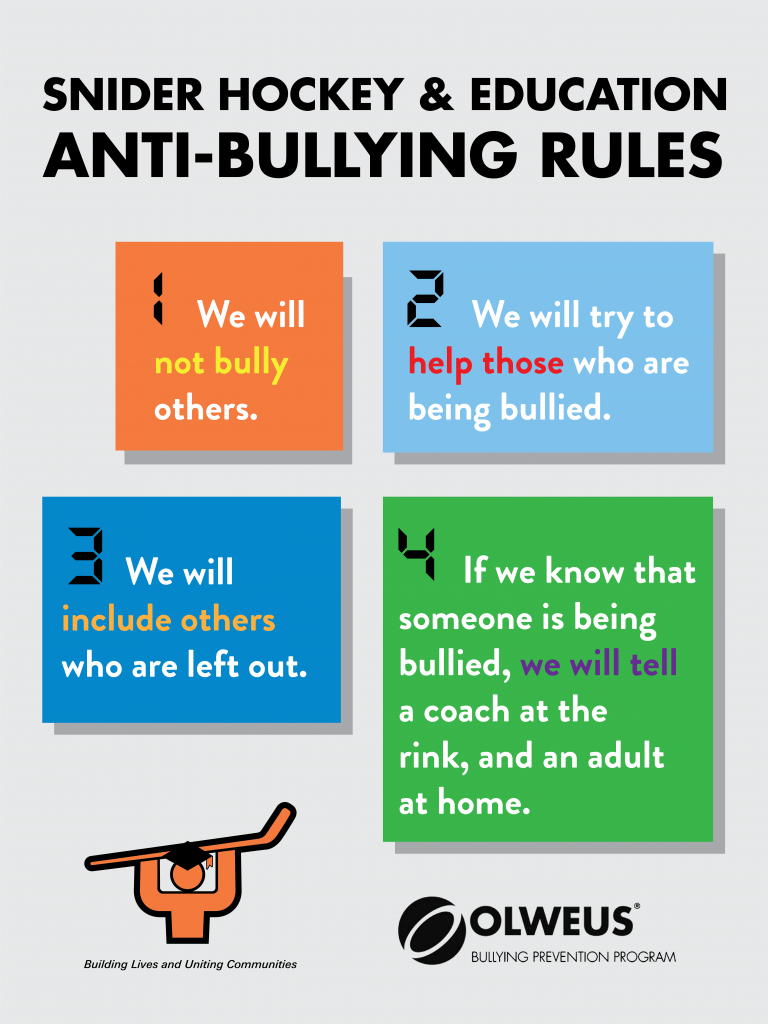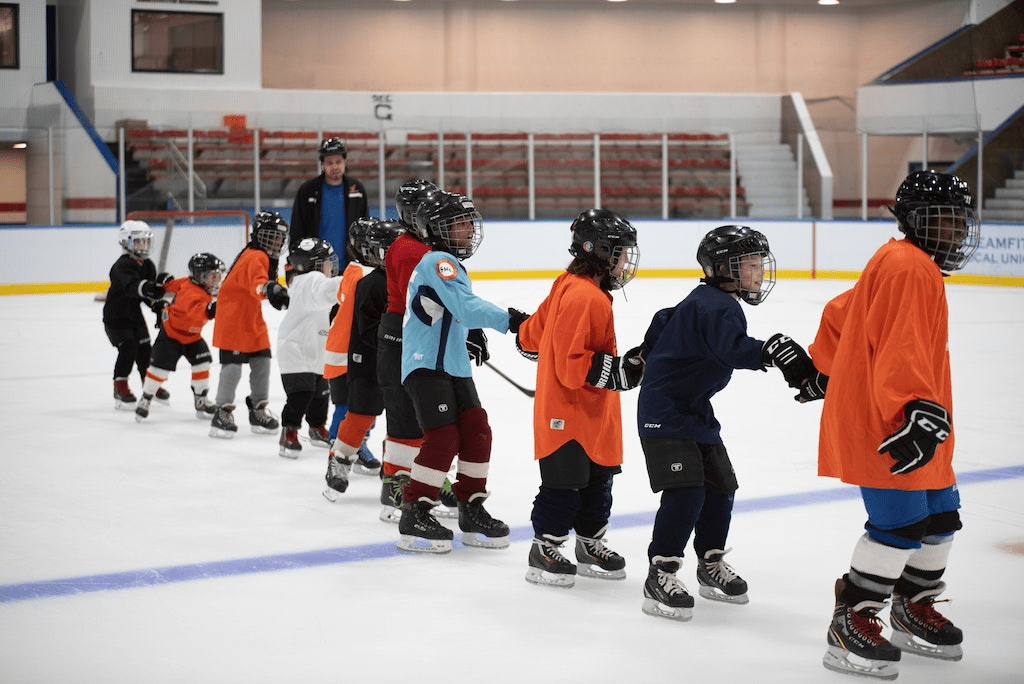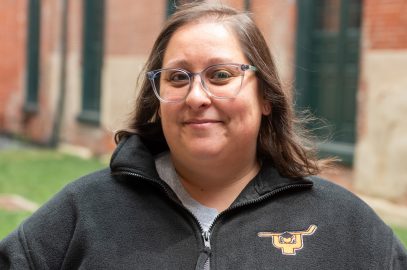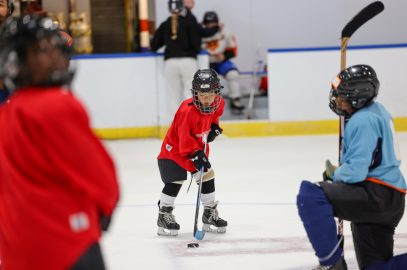The Olweus Program is focused on long-term change that creates a safe and positive climate. The program has been found to reduce bullying among children, improve the social climate of programs, and reduce related antisocial behaviors. It works because it incorporates what researchers and practitioners have identified as best practices in bullying prevention and intervention. The program is a comprehensive approach that includes group, individual, and community components. The Olweus Program has been implemented in more than a dozen countries around the world, and in thousands of schools and programs across the United States. The Olweus program goals are “reduce existing bullying”, “prevent future bullying”, and “improve peer relations”.

The Olweus Bullying Prevention Program is comprised of 10 strategies that effectively prevent and address bullying. Ed Snider Youth Hockey & Education has applied these strategies by increasing staff training, distributing youth surveys, facilitating bullying small group discussion within our life skill lessons, and implementing 4 new anti-bullying rules presented below.

Bullying Prevention Toolkit
Resources for Parents, Guardians, and Families
What is Bullying?
Bullying is when someone repeatedly and on purpose says or does mean or hurtful things to another person who has a hard time defending themself.
Everyone is affected by bullying. Kids all play a variety of roles in any bullying situation. Bystanders include supporters of the bullying, passive observers, active observers, or defenders. Read more about these different roles, and the Bystander Continuum of Courage here.
How Common is It?
About 20% of students ages 12-18 experienced bullying nationwide. Students ages 12–18 who reported being bullied said they thought those who bullied them:
- Had the ability to influence other students’ perception of them (56%)
- Had more social influence (50%)
- Were physically stronger or larger (40%)
Why Should I be Concerned about Bullying?
Bullying is no longer seen as a “rite of passage” or an example of “kids being kids.” Bullying is now known to have a negative effect on children’s physical and emotional well-being, social development and learning.
Warning signs that a child may be a target of bullying
Why do kids bully?
- Control and power
- Peer attention
- Inadequate or ineffective supervision
- Indifferent attitudes towards bullying
- Bias issues
The Role of Adults
How to Respond, What to Ask, What you SHOULD do
Tips for Parents and Caregivers of Children who Bully Others
- Discuss bullying and set clear rules at home
- Talk with your child
- Understand bullying policies and work with the school or organization
- Help your child connect with peers who demonstrate positive behavior
- Model the behavior you expect from your child
Tips for Parents and Caregivers of Children who are Being Bullied
- Be proactive
- Know your school’s policies
- Communicate with staff
- Talk with your child- ask questions
- Document and report continued bullying
- Identify adults that your child has a connection with
- Seek help immediately if your child seems unusually upset or discusses suicide
- Encourage problem solving for safety
- Respond to questions with reassurance
- Keep open communication
- Help your child develop new friendships
Cyberbullying Parent Resources
Bullying: What Can you Do? (Parents)
Talking about bullying can be difficult for everyone. There are many ways to raise the subject of bullying and start the conversation before bullying happens or if you are concerned that it may be happening. Don’t wait for bullying to happen to talk about it! You can even utilize videos and social media!
Additional resources on bullying, children’s health, Bullying and LGBTQ, and Cyberbullying.




